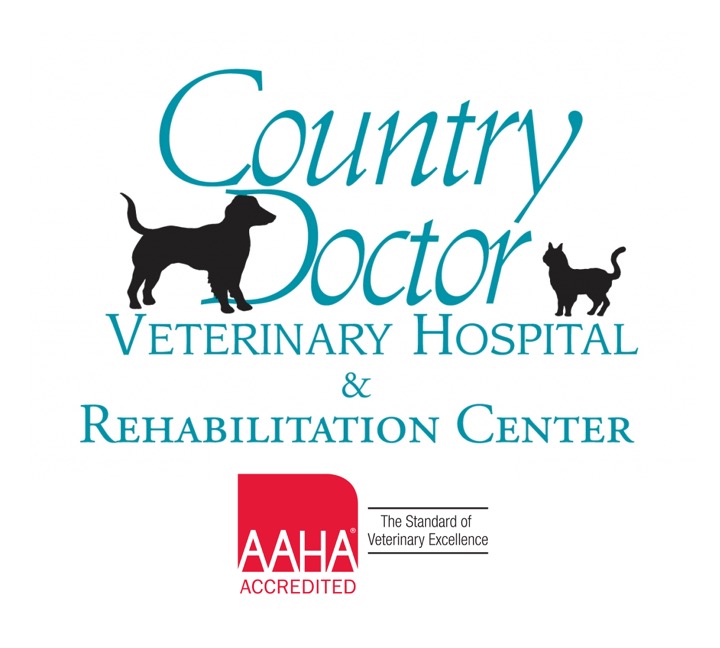Library
-
A cat’s ability to smell is far more advanced than ours. The Jacobson’s organ, located inside the nasal cavity, opens into the roof of the mouth behind the upper incisors and serves as a secondary olfactory system designed for chemical communication related to mating. Cats use their keen sense of smell, along with a visual assessment, to provide vital information about a new feline acquaintance. The way cats sniff rear ends can establish which of two cats is dominant and set the foundation of their relationship.
-
Turning around before bedtime has its origin mostly in evolutionary history where cat ancestors were practicing these habits for health or protection. These innate habits remain in their genetic code to this day but if your cat is seeming to be doing it excessively, it could be a sign of underlying medical problems, such as arthritis of neurological disorders. Contact your veterinarian if your cat appears to have difficulty settling down.
-
But whiskers are more than just facial enhancements. They serve an important function. Whiskers are finely tuned sensory equipment that guide a cat through daily functions. These specialized hairs aid vision and help a cat navigate the environment, providing additional sensory input, much like antennae on insects.
-
Burying of toys or food items by dogs goes back thousands of years as a means of preserving food and storing valuable or scarce food resources. Dogs today do it out of ancestral habit and as a means of resource protection. If you notice that your dog seems to be digging compulsively, contact your veterinarian.
-
Noses vary in size and shape in the canine world, but regardless of what they look like, they are important to survival. So pay attention to your dog’s nose to help him stay healthy. And enjoy those warm moist snuggles your dog’s nose provides you. A dry nose is not a guarantee of illness. Too much moistness could be a sign of a problem.
-
Whiskers serve many important functions in dogs with regards to sensory inputs. Whiskers help dogs navigate the world and detect changes in their environment. These are some of the most sensitive hairs on the dog's body.
-
As long as there are dogs, there will be howling. Whether it is occasional, constant, mournful, or exuberant, howling is part of normal canine communication. Depending on the situation, a howl can take on different meanings.
-
Running a veterinary clinic has a lot of overhead and behind the scenes cost that many pet owners aren't aware of. Human healthcare is far more expensive and less efficient than you realize. Plan ahead and take preventive steps to help reduce treating costly problems.
-
Dogs chasing their own tail can be amusing but also a sign of a bigger problem. Dogs that are left alone for extended periods may get bored or may not be getting enough exercise and to release all that pent-up energy, they chase their tails. Young pups chew their tails as they become aware of their body parts and is usually a passing phase. Older dogs however, may chew their tails when mental acuity diminishes. If your dog suddenly starts chasing or biting at his tail, schedule a veterinary visit, as the cause could be medical in nature (internal or external parasites, an injury, impacted anal glands, or a neurological problem).
-
There are many possible explanations as to why dogs eat grass including gastrointestinal upset. However, most grass-eating dogs are not sick beforehand and do not vomit afterwards. Dogs may eat grass if they are bored, lonely, or anxious. Some dogs will eat grass as a reflection of their ancestral heritage and the need to scavenge, or dogs may simply enjoy the texture and taste of grass in their mouths. Regardless of why your dog eats grass, it is not the best snack for him and may be a vehicle for ingestion of intestinal parasites. You can train your dog to stop eating grass with treats, affection, or commands such as heel.

